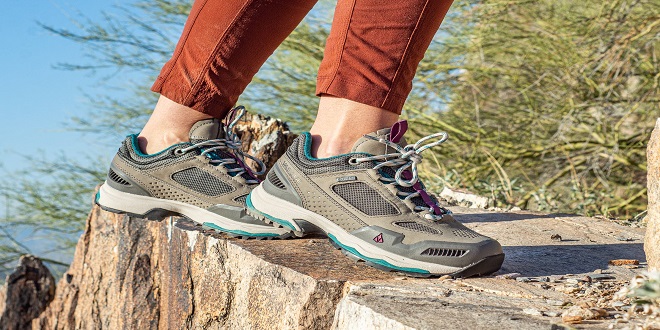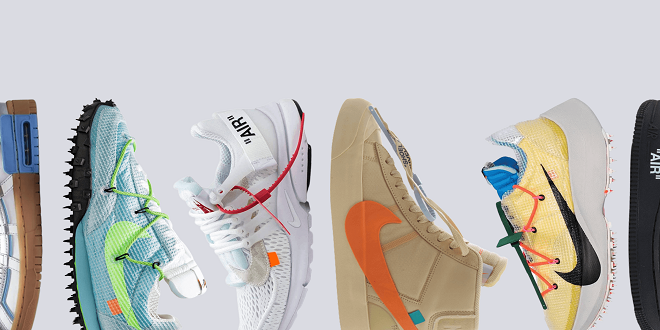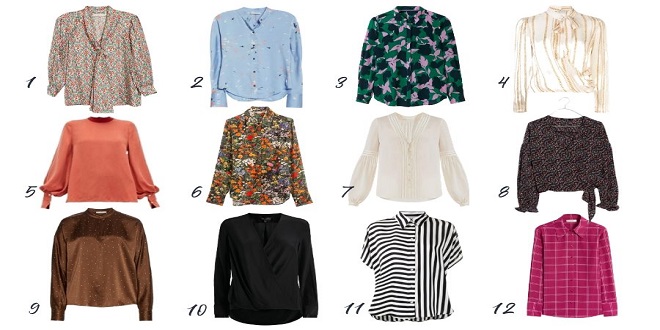Consider these Things When You Buy Hiking Shoes

The exhilaration that comes with a strenuous trek increases with each step. Are your toes just as excited as you? Your feet are the most important part of hiking. You want them to be protected and well-padded. It can be hard to find the right hiking boots. There are many options available. What feels great in the shop might not feel as good on your first hike. Here are five tips to help you choose the right hiking shoes.
Understanding the Different Fashions
Hiking shoes, such as sneakers, are made for specific types of excursions. What is your average time spent in the mountains? You need to be able to tell the difference in order to get the best hiking shoes.
Light hiking boots
These boots are a heavier version than running shoes. This design is also used for day hiking by many long-distance hikers who want an ultra-light fit.
Mountaineering boots can be used in all terrain, including mountains, glaciers, and icy roads. These boots are built to withstand harsh conditions and are made to last.
These boots can be used on and off the trail. These boots are great for multi-day hikes in all weather conditions, thanks to their tough bottom and durability.
Indulge in Materialism
It is important to choose the right boots. If you choose the wrong material, your feet may feel hot and constrictive. It is important to select the right material for your route.
Two of the most commonly used synthetic materials are nylon and polyester. You can also use waterproof spray to protect your shoes from water damage. To find the best waterproof shoe spray, visit vessi.com
Split-grain leather, which is often made of a combination of leather and synthetics, can be very breathable. Split-grain leather is more resistant to water than synthetic materials like leather. The product’s durability is also poor.
There are many full-grain leather climbing shoes on the market. This is a strong material and ideal for experienced hikers who must navigate on uneven ground. This cloth, on the other hand is less breathable, and heavier, which makes it less popular.
Do the Cutting
When choosing hiking boots, you should consider your hiking style. A bad fit can cause a rolled ankle and pebbles in the shoes. There are three options:
This style is similar to running shoes but has a lower cut. This cut is ideal for informal, soft trekking. This boot is ideal for hiking on well-groomed terrain.
The mid-cut provides superior balance and ankle support, while the trail debris buffer is better with the mid-cut.
Hikers who are willing to traverse dangerous terrain and often cross the tracks in high-cut boots will be most successful with high-cut boots.
To test them, try them on.
It is easy to lose sight of the overall function of a pair of shoes because it looks so glamorous. When trying on hiking shoes, it’s a good idea measure your feet. You should have plenty of space in your toe box due to natural swell and the need for support to your toes. Your heel should be anchored and the boot must fit tightly around your ball. A floating heel can cause blisters. It is a great way to feel the fit and feel of hiking boots while wearing trail socks. Make sure you ask about proper sock lacing, insoles, and other details while you are there. All of these factors will improve the fit and comfort of your hiking boots.
Watch them in Action
Don’t leave your shoes in the box. To get used to boots, you can wear them around your home and while running errands. This will give you an idea of the quality of your boots and help you decide if they are suitable for hiking. You can ask the retailer additional questions, or exchange them for a different pair.




